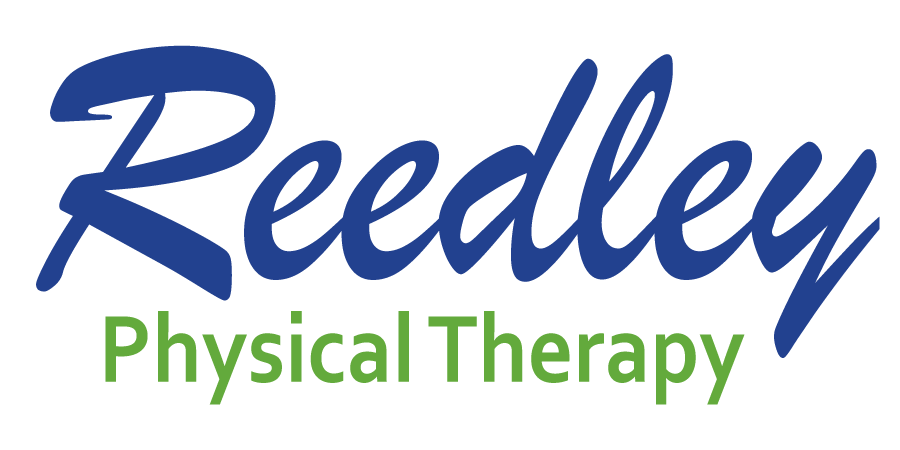Reader’s Digest Recommendations on Exercise Over 50
Did you see the article recently by Readers Digest “14 exercises to never do after age 50”? If not, no great loss as the article has come under significant fire and fury. So much so that Readers Digest renamed it “14 exercises you should modify if you are over 50” and the tone of the article was softened.
Here are the 14 exercises mentioned in the article to NOT do if over age 50:
- Running stairs
- Bikram or Hot Yoga
- High Intensity Interval Training (HIIT)
- Spin classes
- Push-ups
- Squats with weights
- Bench press
- Burpees
- Pull-ups
- Crunches
- Deadlift
- Jumping lunges
- Sprints
- Leg presses
Why such furor over the original article?
The recommendations go completely against science and the need for us to move/lift things to maintain healthy muscles, bones, and nervous system as we age. The frustrating part is there are many people who will read the article, think it is accurate, therefore be afraid to perform these movements. We treat people in the clinic everyday who are afraid to move and who have become afraid of injury. Yet, in reality, many of these movements are performed by us – unknowingly – every day.
For example, moving from sitting to standing is a squat. A burpee is similar to getting down and up from the floor. We perform a deadlift every time we bend down and pick something up off the floor. Daily life requires forms of pushing and pulling. Why wouldn’t we want to be better and stronger at performing daily movements? Don’t we want to be able to pick up and carry the groceries?
Fact is, after about the age of 30 we begin to lose muscle mass and function. This process is called sarcopenia and is a natural part of aging. After age 30 we can lose as much as 3-5 percent of muscle mass per decade. Muscle mass loss, leads to less mobility and function resulting in greater potential for falling and 2.3 times the risk of a low-trauma fracture from a fall.
To prevent and combat sarcopenia, we need muscle strength, muscle power, and a healthy cardiovascular system.
- In order to strengthen muscles we must add weight. Weight overloads the muscles resulting in the muscle becoming more efficient. Loading with lighter weight helps to maintain muscle and loading with heavier weight recruits more muscle fiber and, if loaded enough over time, we grow more muscle.
- In addition to muscle strength, we need power. Power is defined as the ability to exert force in as short a time as possible. Muscle power translates to how fast and efficiently we move. We need the strength to perform the task (for example, squat) and we need muscle power to move efficiently. Performing quicker movements against resistance like your own body weight is an effective means for developing power. Going back to our list, performing exercises like running stairs, HIIT, burpees and jumping lunges all help build muscle power.
- Another important component of aging well is to maintain a healthy cardiovascular system. In order to improve our cardiovascular system we must challenge our heart. The heart is also a muscle that improves with progressive over load. HIIT has been extensively researched and been found to improve health and fitness in just about everyone with even bigger benefits for older adults. Mayo clinic researchers performed a study on the effects of HIIT on people over age 65 and the results showed that some age-related deterioration of muscle cells was reversed. HIIT seemed to boost the muscles ability to produce energy, it triggered growth of new muscle and they noted that the changes were most dramatic in over-65 exercisers compared to the people under the age of 30 who performed the same workouts. So adding exercises such as running stairs, spin class, HIIT, and sprints is good for our heart and muscles.
So as you can see the article was extremely inaccurate. We need to continue exercising, strength training and generating power (moving at faster speeds) as we age. I hope our debunking of the article is helpful and motivating you to keep exercising or to start an exercise program.


